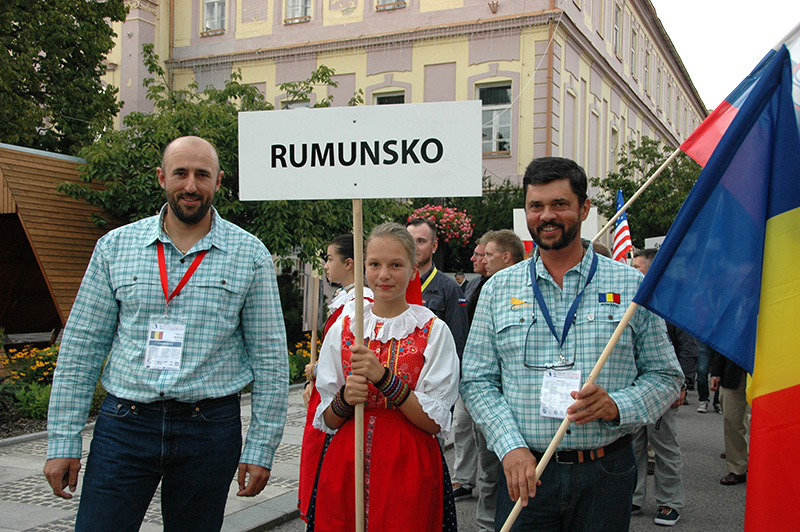
This year I had the pleasure to be part of the Romanian national team for the World Fly Fishing Championship 2017, in Slovakia. I can tell that it was a great experience, with a lot of excellent fisherman, with one lake and 4 very different rivers. We had to adapt all the time to changes and to work hard, every second, until the end. We had to fish in crystal clear water, but also in muddy rivers. Depending on the river and on the beat, we had the chance to catch grayling, brown trout, rainbow or even chub. I heard that some anglers had problems to adapt, especially when it was about chub or grayling.
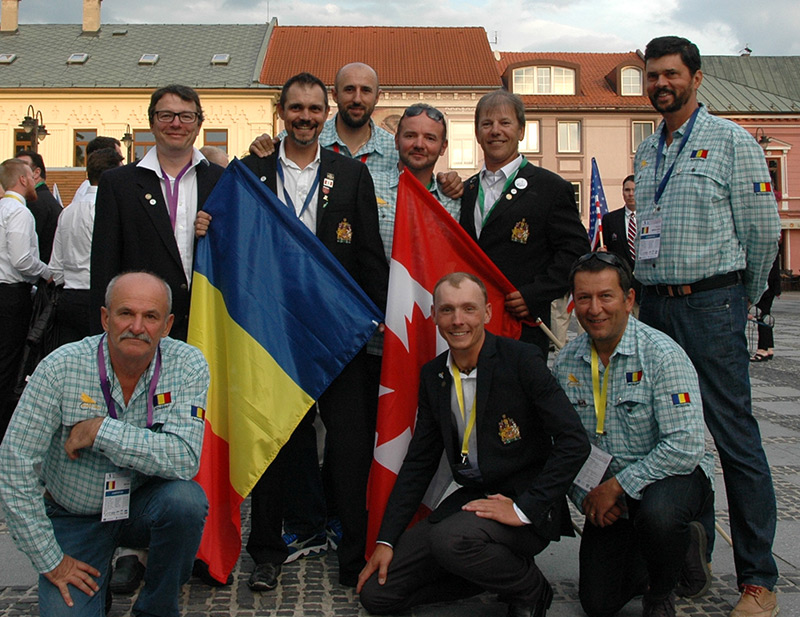
I was also affected by the lack of training on the contest area. This is a very important issue for competition fishing. Is good to have time (and money) to fish all the competition rivers, from start to end, to know exactly where the fish are. And is better if you do that in different periods, to learn how they move in respect to water level or temperature. I didn’t have the possibilities to do that. I was just once in Slovakia one year before and I fished only on Bela River. So I relied only on working with my teammates and on my knowledge in reading the water. It was not bad, but also it was not great!
I will tell you now the story of one session, the last one, when I was fishing on Poprad River, beat 13. This beat was completely different from everything I fished before, but it was nice and challenging. On Poprad River most of the beats were marked between two big waterfalls. Under each of them is a zone of few meters with deep water. The rest of the beat (100-150 m) is a straight channel with very small water. A lot of nice brown trout were stocked under the waterfall. After seeing this before the Championship, I and my teammates have set up a tactical approach of the beat: we had to start fishing in the waterfall, catch as many as we can and after this we should go to search for other fish on the rest of the beat. In the meantime the water fall will “rest” and we can return there to catch some more. This was just a general tactic, each of us being able to adapt to his beat, because some beats also had one or two very small waterfalls along the way, or some bigger stones. I had to fish on Poprad in the last session, and I was convinced that it will be very difficult. Probably each of the guys before me were fishing that beat three times, because the beat was very short, but I had nothing to lose, so I was confident that I can have a good result and I was determined to do my best. I knew that in some waterfalls are few very big rainbows also, and I said to start 20 meters below, to catch all the fish in that area. In this way, if it was the case to hook up a big fish I had space to fight with him without scaring other fish. In the other 4 periods, on my beat, the score was like that: 2 fish for Japan, 15 fish for Lubos Roza from Czech (an excellent fisherman), 10 fish for Finland and 10 fish for Hungary. My purpose was to catch at least 11 fish to be happy. Lubos Roza is a much better fisherman that I am.
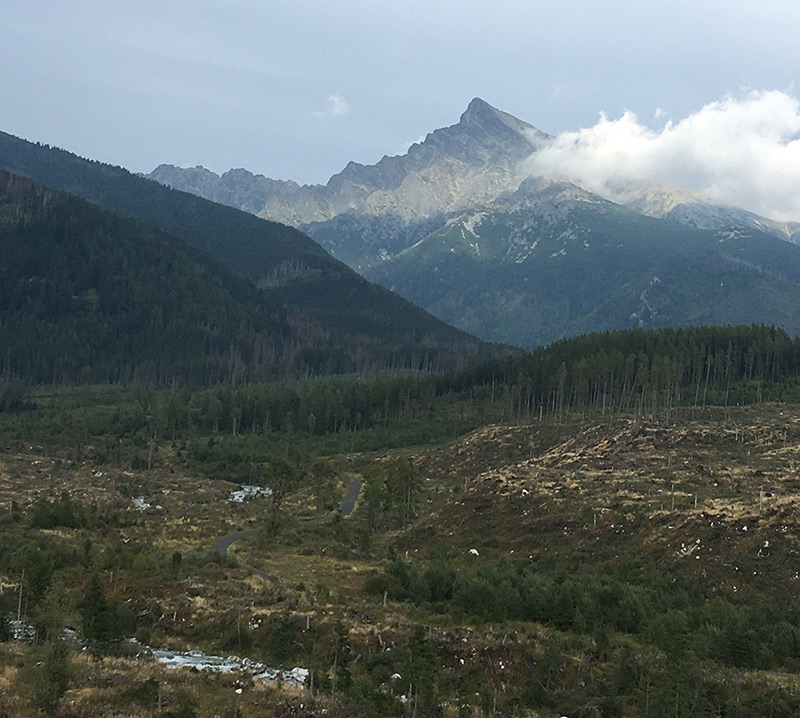
Before the session start I had the surprise that in the beat 14, under me, was Sebastien Delcor, one of the best competitors from the championship, with a lot of international titles. He was also on 4th place after 4 sessions. After 5 sessions he managed to take the 3rd place, being champion of the world with his team, France. His presence near me changed my plan a little: I decided to start in the lower part of the beat, for 15-20 minutes, just to be close to him and to understand how he approaches the waterfall. It was good to see that he started in the same way I planned, 20 meters below the upper end, dry flies at the beginning followed by nymphs. I started also with dries, I changed few until I found which were working best, and after that I did the same with nymphs. I had the luck to have a lot of small fish in front of me, which allowed me to find the best flies in less than 20 minutes. I hooked up almost 20 fish in that time, and I measured 6 of them. No one was eligible, but all 6 were between 19 and 19.7 cm. In this time Sebastien measured only one fish. I think that seeing me measuring 6 fish was a little stressful for him, and sometimes is better not to look to the others competitors during competition. If you don’t have a strong psychic is possible to start thinking that you do something wrong and to change without a good reason. But probably he is strong and was not affected.
After 20 minutes, having now good flies on my lines, fool of confidence in them, I moved to my waterfall. It was a very nice period because the fish were rising and they respond well to dry flies, but I saw that in the lower part of the beat were hundreds of small fish and almost none over 20 cm. I decided to spend more time on the waterfall and to approach very careful in order to catch as much possible. I started to catch the fish which were 20 meters below the waterfall with dries and long cast. I used one of my favorite dry, Henryville Special, size 14, and a CDC fly with body made by olive stripped peacock quill, size 18. In this time I was looking to the surface at every rising to see how big every fish in the area is. I preferred to catch the big ones at the beginning and to take them out as fast as possible, in order not to scare the others. The water was only 20-40 cm deep and clear, which made me stand on my knees almost all the time. Slowly, I was going up the river, catching a lot of small fish and just 2 over 20 cm. From time to time I changed dries for nymphs, in order to catch those fish which were not rising. After 50 minutes I was able to cast in the waterfall area. Even if in the rest of the beat was a mixture of grayling and trout, here I saw only brown trout and they were rising very confident and violent. I managed to catch around 20 on dries, but only 5 scored. When I saw that they are not rising anymore I moved on small nymphs, a black one on size 20, a rusty one on size 18 and an olive emerger. All the time I was very careful to sit down, to move slowly in that area and to run to the controller through the area fished before. Going closer I changed the rusty nymph with one of the same color but bigger, on hook size 16 with 3mm bead, in order to go deeper. This brought me around 10 fish. Just 2 of them were big enough to score. I had 9 fish and one hour to try something else. I decided to use squirmy nymphs. Usually I fish with this nymph in cloudy water, deeper than half meter. This summer I tried them in Lapland in clear water and worked surprisingly well. I chose now two squirmy, different colors: blood red and earthworm. And it was like WOW! They start to eat them like they didn’t eat anything in the last week. In 20 minutes I had 15 fish. Only 5 fish were of good size, but it was ok, I had a total of 14 scored. I decided to fish the rest of my beat, to let the waterfall rest, and I did that for another 20 minutes. It was funny, with a lot of small fish, but nothing eligible. I went back in the upper part and I tried again with dry flies. Earlier I had seen a nice fish rising but I was slow and I didn’t hook him up. This time it was mine after first cast. I had 15, the same like Lubos Roza, and I was extremely happy with this. To be everything perfect, I took one more on squirmy nymphs when the controller told me that I have only one minute to the end. With 16 fish I was 4th in a group of 30. For me it was the perfect end for a very nice Championship. This, and the beer with my new friends, on the shore of the river!
I cannot end this story without expressing my thanks for support to Lucian Vasieş and Troutline.ro, to all my teammates for very good collaboration and to other 3 Romanians, competing for Canada. We had a very nice week with them and great talk about fishing. I hope to meet them more often.
In photo bellow is Romania Team
Mihai Vasilescu with Romanian flag
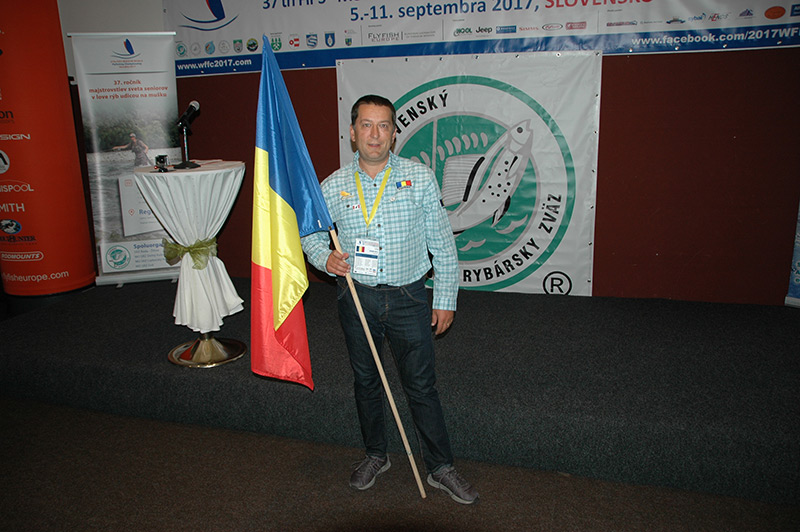
And Mihai with Canada team members drinking together a great Slovak beer 🙂
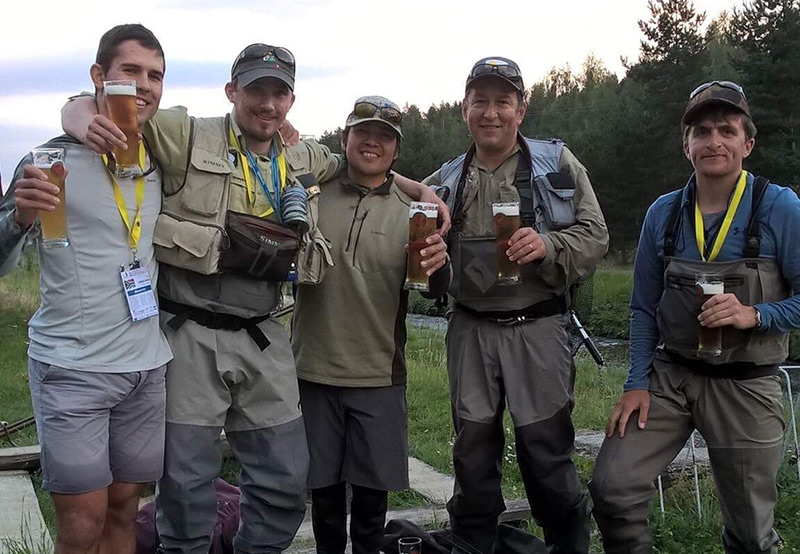

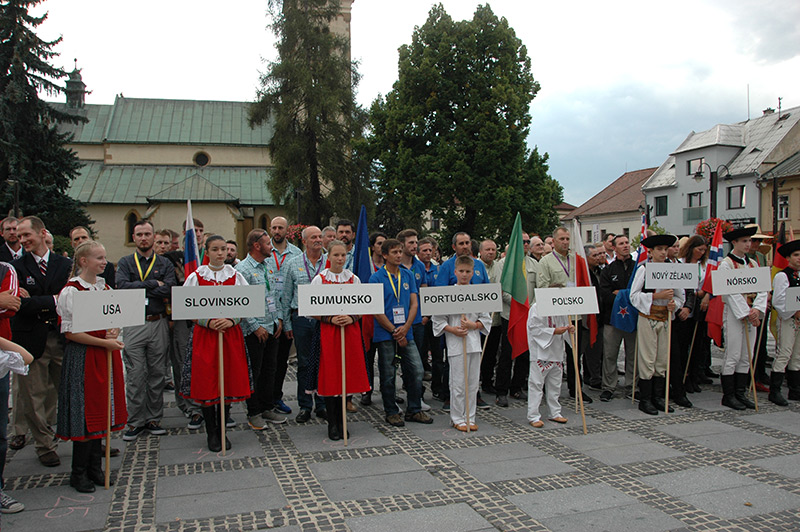
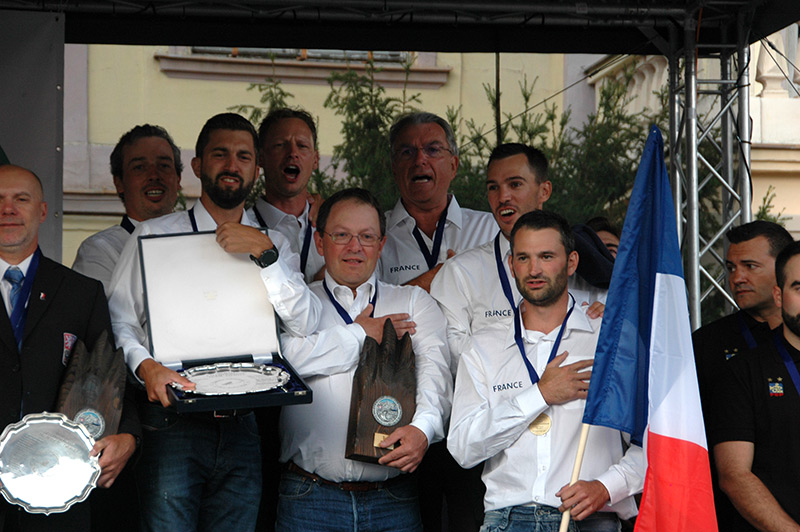
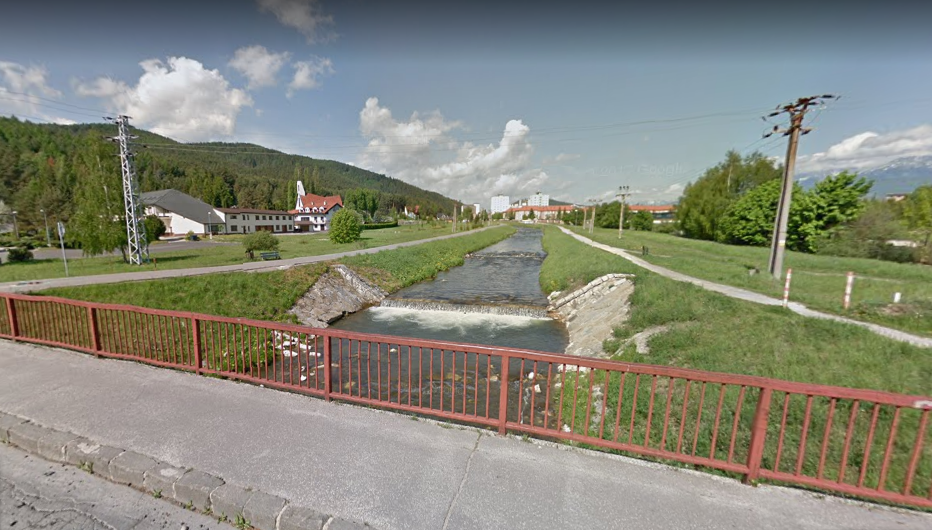
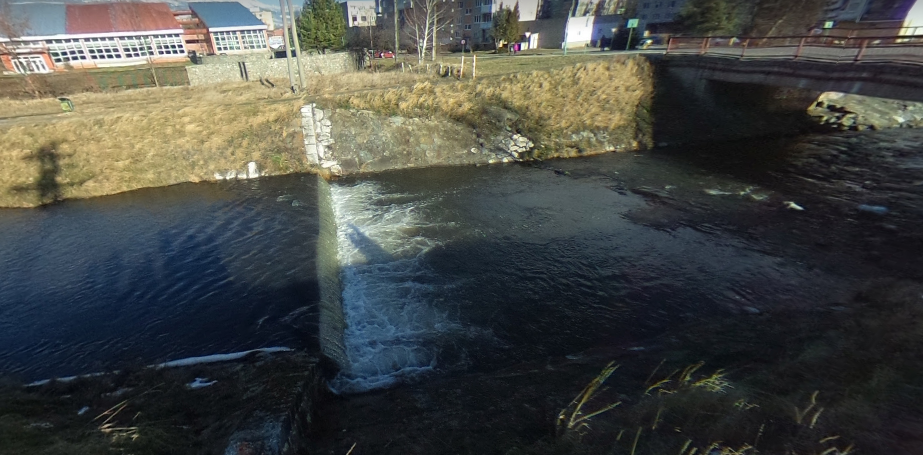
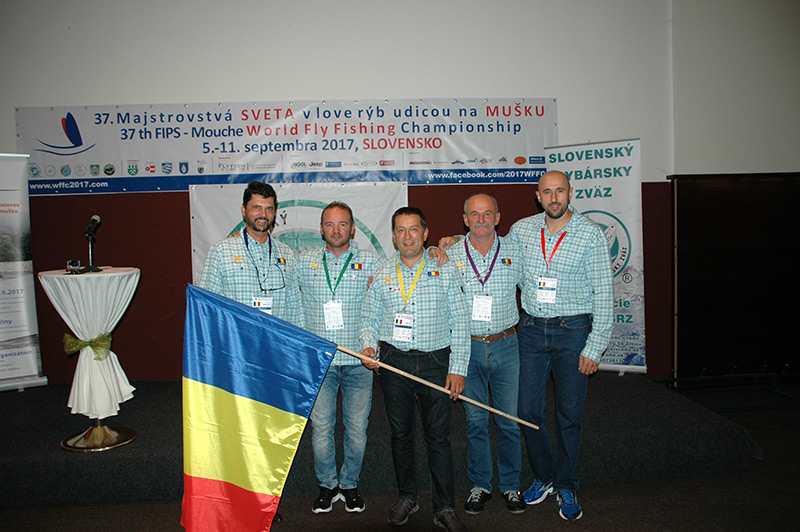
Leave a Reply